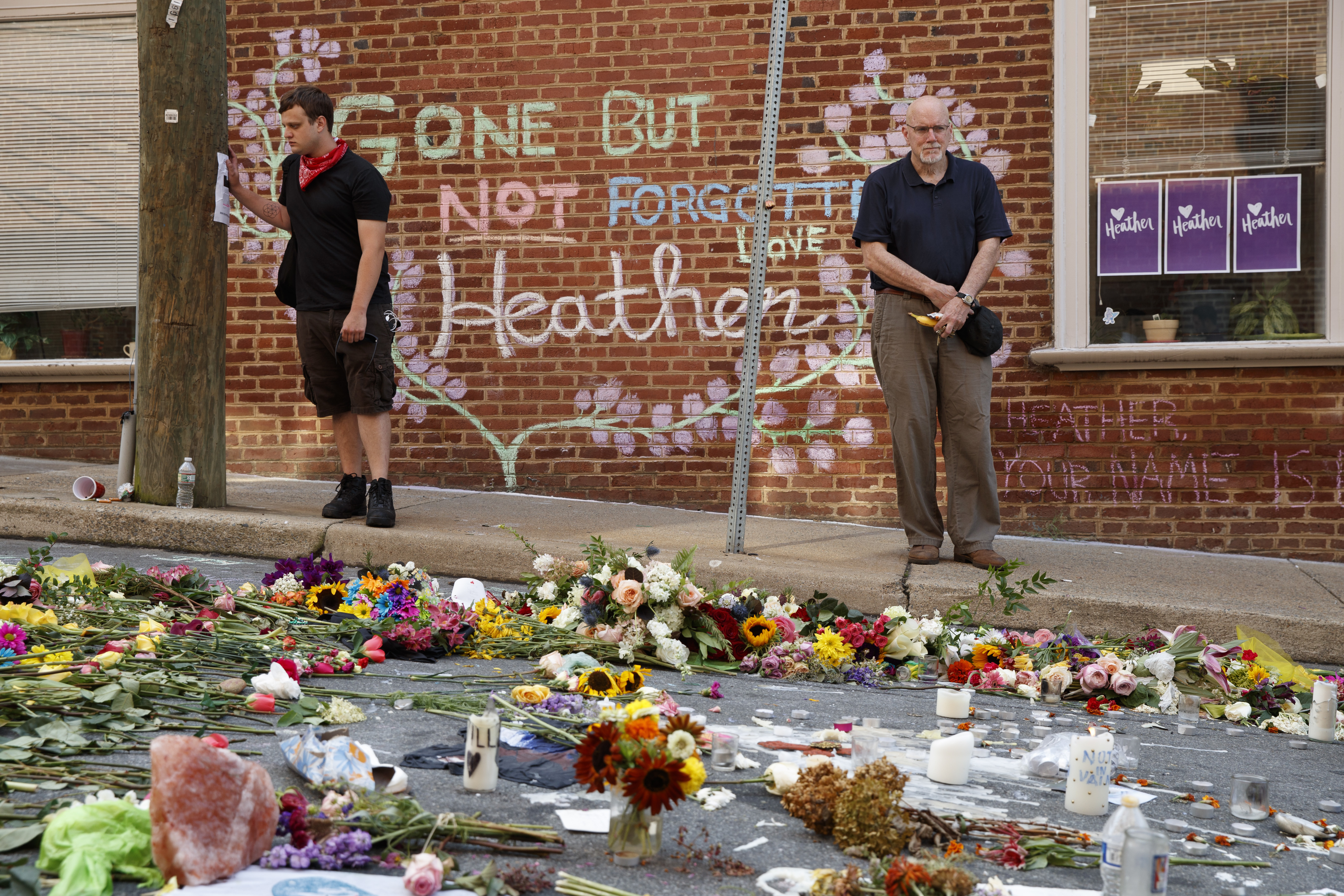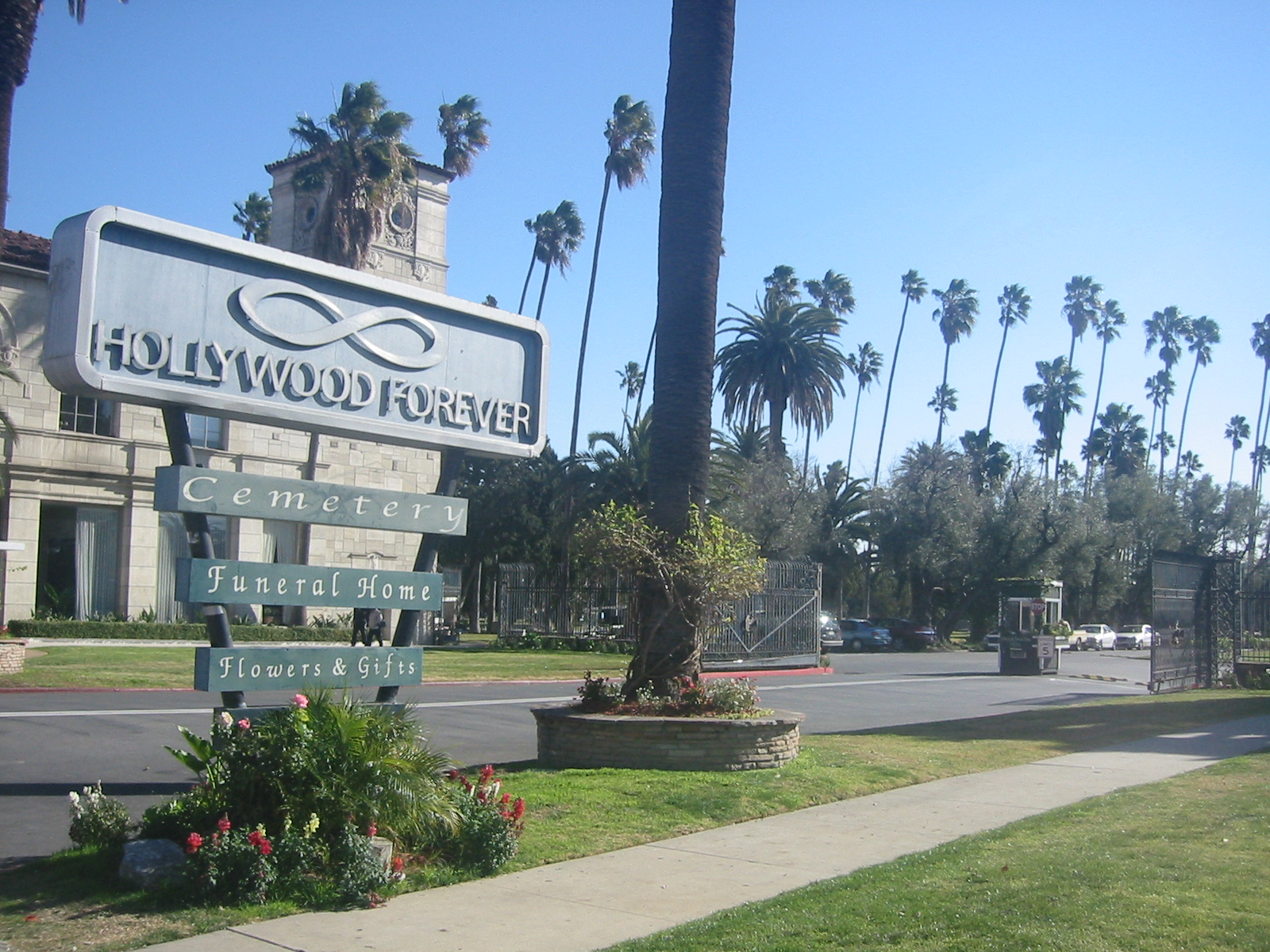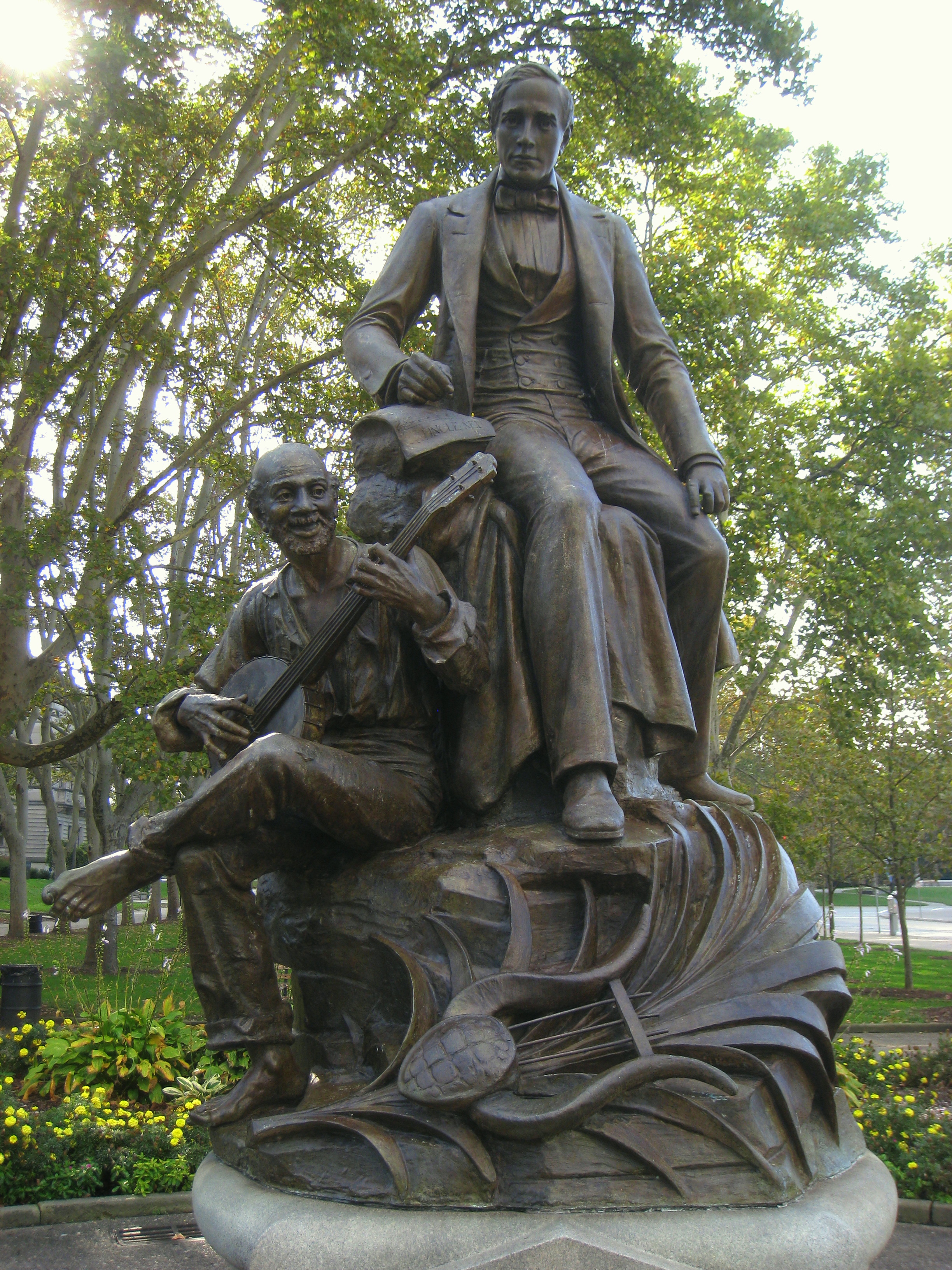Confederate Statues Aren't Only Located in the South

By:
In the wake of the deadly protests in Charlottesville, Virginia last weekend, Mayor Mike Signer said that it's time for Confederate statues in the city to come down.
 AP Images - apimages.com
AP Images - apimages.com
Signer is far from alone in his response to the violence of Charlottesville, which stemmed from a white nationalist rally organized to protest the removal of a statue of Robert E. Lee and culminated in the death of 32-year-old counter protester Heather Heyer. Instead, the tragic events have reignited a national debate about controversial Confederate statues, which many consider to be symbols of racism and white supremacy.
“When you’re honoring Stonewall Jackson and Robert E. Lee, there’s nothing else to be honoring them for, other than for trying to create a nation to legitimize and protect slavery," James Grossman, the executive director of the American Historical Association, said in an a video interview with ATTN:.
Officials in several states, including Florida, Kentucky, Tennessee and Virginia are also calling for Confederate statues to be removed, according to the New York Times.
However, the South isn't the only region with Confederate statues.
While officials in California, New York, Maryland, Massachusetts and other states have either already removed Confederate monuments or they have plans to remove them, other monuments in non-Confederate states, like Arizona—which didn't even become a state until well after the Civil War—are still standing indefinitely.
“To have a Confederate monument in Arizona that is there to signify Southern regional pride—although people have migrated from the South so that’s not unreasonable in some ways—but these mean something else," Grossman told ATTN:.
Daina R. Berry, an associate professor of history and African and African Diaspora studies at the University of Texas at Austin, said that Confederate monuments and statues exist in states outside of the South because they're paying tribute to white supremacy.
"When you think about some of the symbolism behind what these men represented, they believed they were part of a superior race and they believed African Americans and other groups were inferior," she told ATTN:. "These are symbols and there's still people out there who think like that." She noted that this is particularly obvious in cases of pro-Confederate monuments in places that have nothing to do with the Confederacy.
"Why would there be plaques and monuments in places that did not have slavery and these people weren't from there either?" she asked.
Berry said that many of the pro-Confederacy monuments were constructed decades after the Civil War, often coinciding with times when black Americans were fighting for greater freedoms and expressions of their rights.
"Some of them came in moments of unrest, so during the civil rights movement a lot of them were put up," she said. "It's the last straw of trying to hold onto this notion of white supremacy."
Here's a look at some of the pro-Confederacy monuments that aren't located in the South:
1. California communities removed multiple Confederate monuments in the wake of the Charlottesville protests.
 Gary Minnaert/Wikimedia Commons - wikimedia.org
Gary Minnaert/Wikimedia Commons - wikimedia.org
California supported the Union in the Civil War but the Los Angeles Times reported that it was also filled with Confederate sympathizers. In the days after the Charlottesville tragedy, officials at the famous Hollywood Forever cemetery in Los Angeles removed a Confederate memorial.
“In some ways, Los Angeles was a militarized town in order to keep the Union in control, because a lot of the local politicians supported the Confederacy,” Glenna Matthews, the author of "The Golden State in the Civil War" told the Times. In 2016, the Long Beach Unified School District changed the name of the Robert E. Lee Elementary to Olivia Herrera Elementary.
2. The Stephen Foster statue in Pittsburgh.
 Wikimedia Commons - wikimedia.org
Wikimedia Commons - wikimedia.org
Pittsburgh's Stephen Foster statue is not a tribute to the Confederacy, but it's worth including, given that it was built at the turn of the 20th century, during the first boom of Confederate monument construction. The statue, meant to honor the white, Pittsburgh-born, minstrel songwriter, depicts Foster sitting above "Uncle Ned," a shoeless, black, banjo player. In 2010, the Pittsburgh City Paper reported that the book "Discovering Pittsburgh's Sculpture" noted that the statue was commissioned in 1900 by local Pittsburgh Press editor T.J. Keenan Jr. who said he wanted to capture Foster "catching the inspiration for his melodies from the fingers of an old darkey reclining at his feet strumming Negro airs upon an old banjo."
Very Smart Brothers' Damon Young broke down the racism at the heart of the statue's origins:
"In a 22-word span, it 1) incorporates the always underrated “darkey” (which has a much racister sting to it than plain ol’ 'nigger'), 2) uses 'negro airs'—a phrase I wish I had heard two years ago because that’s totally what I would have named my daughter, and 3) explicitly depicts Stephen Foster literally stealing ideas from black people."
In the wake of the tragedy at Charlottesville, the city is discussing whether the statue should still be on display.
“The mayor would like the experts to come up with a recommendation,” city spokesman Tim McNulty told the Pittsburgh Post-Gazette. Local musician and activist Paradise Gray said that statue is the by far the most offensive in the city.
“It’s the single most offensive display of public art in Pittsburgh, hands down,” Gray told the Gazette. “It permanently depicts the black man at the white man’s feet.”
3. Indianapolis has a monument to honor Confederate prisoners of war who died in the city.
 Dominic/Wikimedia Commons - wikimedia.org
Dominic/Wikimedia Commons - wikimedia.org
The state of Indiana gave strong military support to the Union in the Civil War, but as the Indiana Historical Society noted, the state's role in the conflict was "complex and even contradictory." In 1912, a 35-foot granite marker was constructed in Garfield Park to honor 1,616 Confederate soldiers and a small amount of slaves who died as prisoners of war in camps within the city, according to Indiana Public Radio. City officials are debating whether the monument should be moved from the park to a cemetery, where it would be potentially more appropriate.
 Wikimedia Commons - wikipedia.org
Wikimedia Commons - wikipedia.org
As USA Today reported, Maggie Lewis, City-County Council president, issued a statement that said although the monument does not glorify the Confederacy, it was moved to the park at a time when the Ku Klux Klan was heavily involved in local politics.
"The monument serves as a painful reminder that slaves were forced to fight for the Confederacy in order to perpetuate their own slavery," she reportedly said in the statement. "The black soldiers who died at Camp Morton are identified on the monument’s plaques as 'Negro Slave.'"
4. Arizona has new spaces dedicated to honoring the Confederacy.
While Arizona didn't become a state until 1912, well after the Civil War ended in 1865, it nevertheless displays Confederate monuments, some of which were built in the last 20 years. The Arizona Confederate Veterans Monument was built in a Phoenix in 1999, funded by the Sons of Confederate Veterans. There's also the Confederate Memorial in the Historical Soldiers Memorial Cemetery, which was was erected in 2010 to honor soldiers buried there who fought for the Confederacy in the Civil War.
Berry said that the current debate about Confederate monuments is an important one and that it's impossible to separate them from the history of slavery in the U.S.
"If you look at some of the literature that's available and the history, you cannot separate or deny that it's about racial inferiority for other groups."
